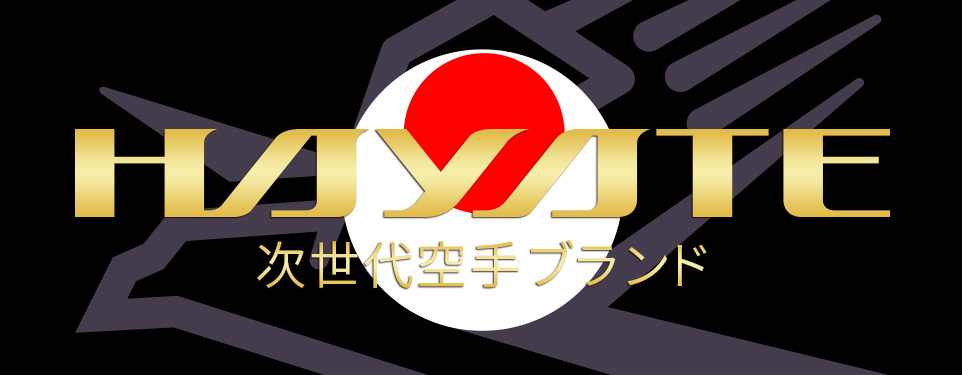4: Conquering Oneself【Kusahara Katsuhide, Chairman of JKA 】
In the past, samurai honed their martial arts skills with the aim of defending themselves and defeating their opponents. With the Meiji Restoration, however, the samurai class disappeared, as the standards of armed defense changed drastically with the arrival of armies equipped with modern weapons. As such, the traditional martial arts of the past, such as swordsmanship and jujutsu, quickly became obsolete.
Later, however, after the extreme Europeanization of the early Meiji period, there was a societal shift to reincorporate many of those classic elements of Japanese culture that had previously been discarded. As a result, martial arts began to gradually be reevaluated as a unique part of traditional Japanese culture that could meet the needs of a modern society trying to reconnect with its roots. This led to the development of modern martial arts such as kendo and judo.
Karate in Okinawa was also originally practiced solely for self-defense. However, after the Sino-Japanese War, karate gained attention as a possible valuable vehicle of physical education, and it was, then, incorporated into the education system in schools in Okinawa. It was introduced to the mainland in 1922, and, thanks to the efforts of Funakoshi Sensei, karate was systematized as a Japanese martial art, eventually developing into what it is today. In this way, the present-day karate-do has its roots in Okinawa, but evolved into a form of Japanese budo, like judo and kendo, in the mainland.
In today’s world, unlike the long-past feudal days of the samurai, where one could be met with violence on the street, there is no longer a practical need to be versed in bare-hand combat. In fact, fighting physically to defeat an opponent has lost its place in society. So, why and for what purpose do we train karate-do? The purpose is to forge better versions of ourselves. It is to become a “strong” person. “Strength” here does not refer to the physical power to overcome an opponent but is, rather, the power of one’s spirit that prevents us from succumbing to our own weaknesses. It is, in fact, the strength to “conquer oneself.”
Humans are weak creatures by nature. We want things to be easy, tend to avoid our fears, put off things we do not enjoy, and give in to temptations. We sometimes procrastinate or give up part-way on things we know need to be done. We are easily distracted at times we need to focus the most. The most troublesome part is that these weaknesses of the mind are usually hidden within us and only surface when the time is right or, rather, when it is most difficult to make a stand. Part of why we have to train regularly is to be able to summon inner strength to overcome these weaknesses at such times. The ability to “conquer oneself” that we train in budo is that to overcome one’s vices and evil thoughts, to push forward toward our goals and what we believe is right without making excuses. That is what it means to cultivate the strength of spirit.
That is why karate-do exists. In this respect, karate-do is very different from sports, which are designed to be enjoyed by competing against each other under the confines of set of rules. This is true, not only for karate-do, but also for all martial arts such as kendo, judo, kyudo, and aikido. Japanese martial arts aim to train the body and mind through repeated practice, and ultimately, to improve one’s own character. The five articles of the “dojo-kun” that are displayed in the dojo are a simple description of this way of thinking.





